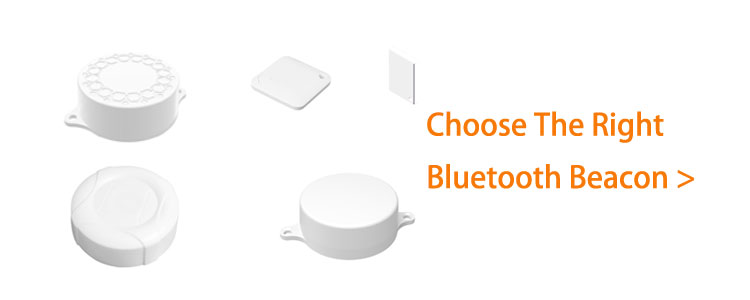Smart Museum

Products: Bluetooth Module Bluetooth Beacon Gateway
Bluetooth Beacons in the Museum of Tomorrow
Bluetooth Beacons are devices that use Bluetooth Low Energy (BLE) to send signals to nearby devices. In a museum setting, these signals can trigger a variety of interactive experiences, providing visitors with a personalized and engaging journey through the exhibits.
Benefits of Bluetooth Beacons in Smart Museums
- Enhanced Visitor Engagement: Beacons can deliver multimedia content tailored to individual exhibits, enriching the visitor’s understanding and enjoyment.
- Personalized Tours: Offer customized tours based on visitor preferences, making the museum experience more relevant and memorable.
- Interactive Exhibits: Create interactive exhibits that respond to the visitor’s presence or actions, fostering a deeper connection with the content.
- Operational Efficiency: Streamline operations by monitoring foot traffic and gathering data for improved exhibit planning and resource allocation.
- Accessibility: Improve accessibility for all visitors, including those with disabilities, by providing audio guides and navigation assistance.
Deployment Strategy for Smart Museums
- Objective Setting: Define clear goals for how beacon technology will enhance the museum experience and operations.
- Technology Selection: Choose beacons with the appropriate range, battery life, and compatibility with existing museum infrastructure.
- Exhibit Integration: Work with exhibit designers to integrate beacons into the physical layout and digital content of the museum.
- Visitor Opt-In: Develop a system for visitors to opt-in to receive beacon-triggered content, ensuring a positive and voluntary interaction.
- Testing and Feedback: Conduct thorough testing and gather visitor feedback to refine the beacon deployment.
Implementation Steps
- Planning: Map out the museum’s layout and identify key areas where beacons can be most effectively utilized.
- Procurement: Acquire the necessary beacon hardware and software to manage the system.
- Installation: Install the beacons in strategic locations, ensuring they are discreet and do not interfere with the museum’s aesthetics.
- Content Development: Create engaging content that will be triggered by the beacons, such as audio guides, videos, or interactive quizzes.
- Launch and Monitoring: Launch the beacon system and continuously monitor its performance, making adjustments based on visitor feedback and system analytics.
Section 5: Key Considerations
- Privacy and Security: Ensure that the system respects visitor privacy and complies with data protection regulations.
- Battery Management: Plan for regular checks and maintenance to keep the beacons operational.
- Interference: Be aware of potential signal interference from other electronic devices and materials within the museum.
- Scalability: Design the system to be scalable, allowing for future expansion or modification.
- Visitor Experience: Continuously seek to improve the visitor experience, balancing technology with the museum’s educational and cultural mission.
Bluetooth Beacons are a transformative technology for museums, offering a platform for innovation in visitor engagement and exhibit design. With careful planning and implementation, museums can create a Smart Museum that is both technologically advanced and true to its educational and cultural purpose.
Tecksay Podcast:
Inquiry
Thank you for contacting us!


